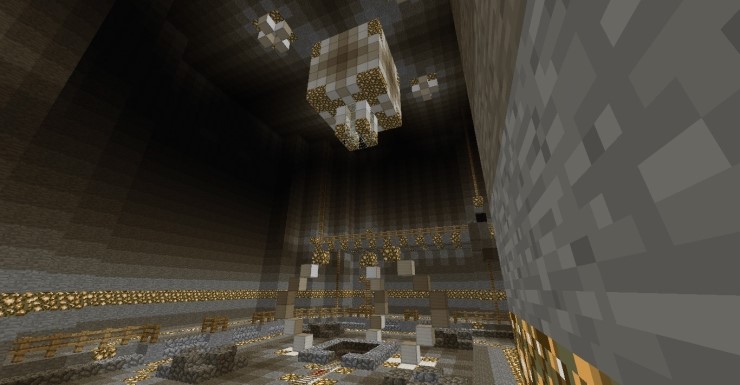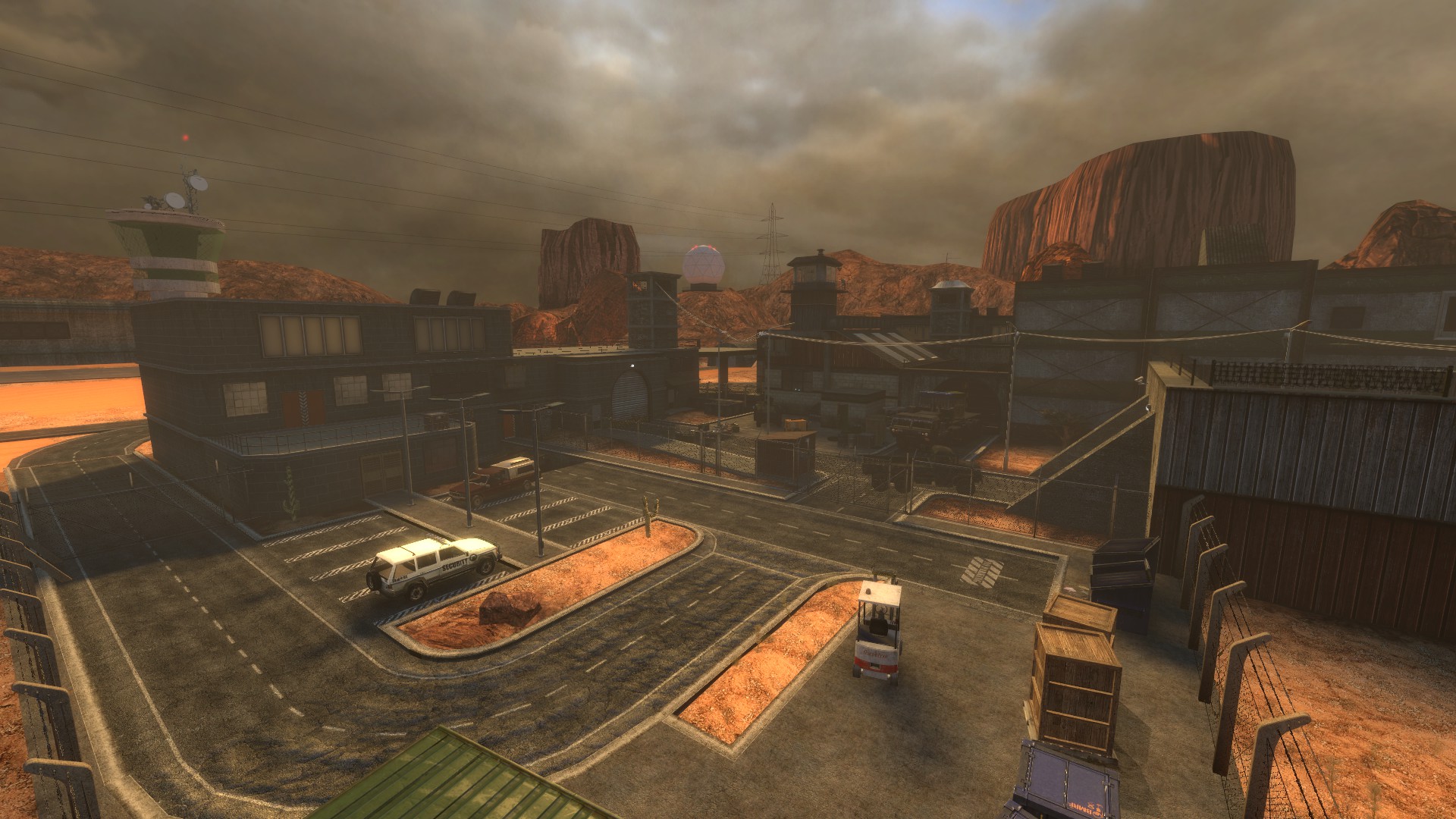
These downstream targets appear to contribute coordinately and decisively to heart failure and arrhythmias. However, myocardial CaMKII is excessively activated during disease conditions where it contributes to loss of intracellular Ca2+ homeostasis, membrane hyperexcitability, premature cell death, and hypertrophic and inflammatory transcription. Under physiological conditions, CaMKII is important for excitation-contraction coupling and fight or flight increases in heart rate. The laboratory identified CaMKII as an important pro-arrhythmic and pro-cardiomyopathic signal, and its studies have provided proof of concept evidence motivating active efforts in biotech and the pharmaceutical industry to develop therapeutic CaMKII inhibitory drugs to treat heart failure and arrhythmias. Primary focus is on the multifunctional Ca2+ and calmodulin. Research in the Anderson laboratory focuses on cellular signaling and ionic mechanisms that cause heart failure, arrhythmias and sudden cardiac death, major public health problems worldwide. Research Areas: cell biology, allergies, inflammation s counter-regulation between the IgE and innate immune receptors on human immature dendritic cell subtypes. These have facilitated the in vitro testing of numerous anti-allergic drugs for inhibitory activity on basophil and mast cell activation.

A variety of assays and techniques are also in place for concurrently detecting cytokines and mediators following a wide range of stimuli. As a result, the lab has established protocols for rapidly isolating large numbers of basophils at high purity from human blood and for growing culture-derived mast cells/basophils from human progenitor cells.

We have long utilized human cells rather than cell lines in order to address the parameters, signal transduction and pharmacological aspects underlying clinically relevant basophil and mast cell responses.

The John Schroeder Lab focuses on understanding the role human basophils and mast cells play in allergic reactions, as it relates not only to their secretion of potent inflammatory mediators (e.g., histamine and leukotriene C4) but also to their production of pro-inflammatory cytokines.


 0 kommentar(er)
0 kommentar(er)
